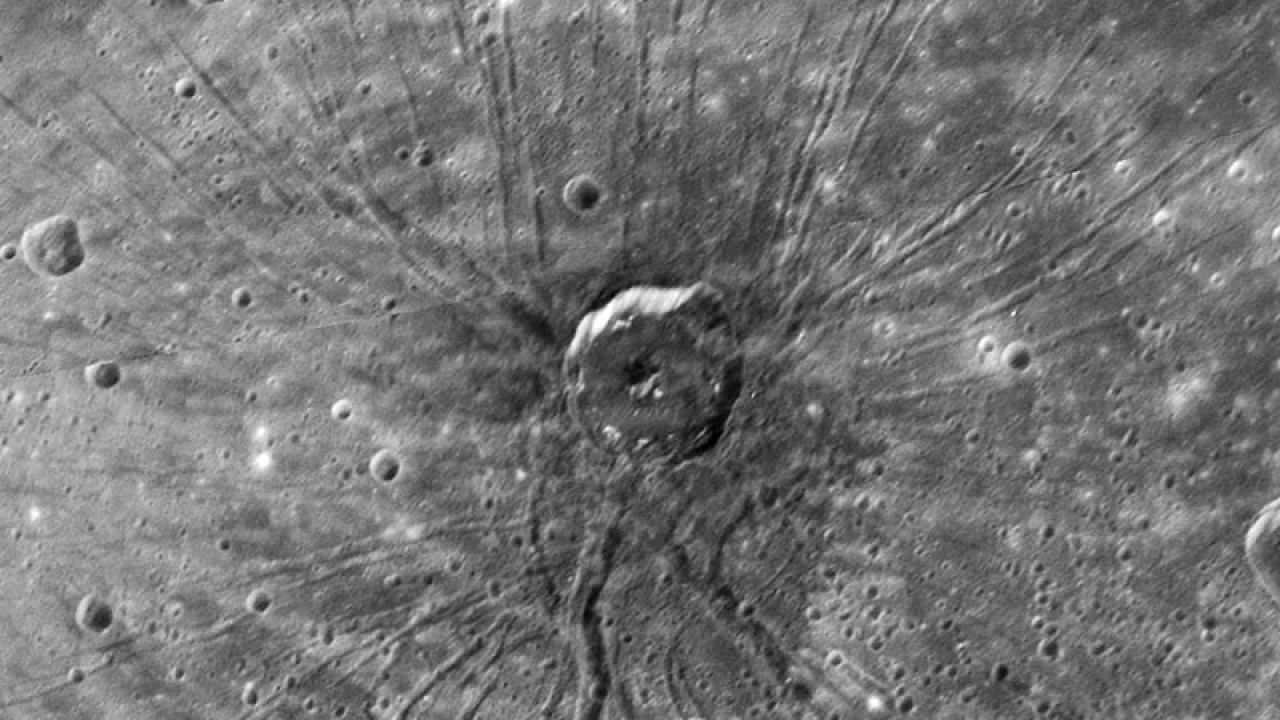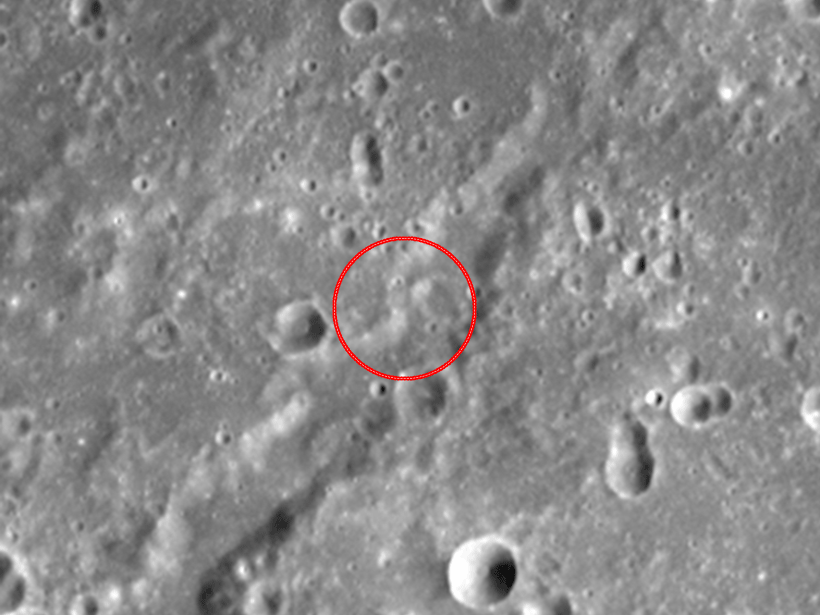Scientists studied the images of Mercury taken by the MESSENGER probe in 2011-2015 and found 20 relief details formed during this time. This indicates that the surface of the planet is being updated very quickly.

Mercury’s Surface
It is believed that unlike Earth, where erosion constantly smooths out the details of the relief, the surface of other planets is considered static for millions of years. It is mainly changed by new craters, the rate of formation of which is determined by the distance from the Sun. And it is usually based on it that the assessment of the age of certain structures on these celestial bodies is based.
But for Mercury, because of its proximity to the Sun and the complexity of qualitative observations, this has not yet been done. However, scientists have recently solved this issue by using images obtained by NASA MESSENGER, which worked in orbit of the planet in 2011-2015.
MESSENGER images have a resolution of 5 meters per pixel. The researchers studied 58,552 pairs of images of its surface taken at the beginning and end of this mission. They were looking for the relief details formed during this time.
Extremely fast crater update
The study showed that during the four years that MESSENGER worked in Mercury’s orbit, 20 new parts appeared on the studied surface areas. 19 of them are very characteristic of Mercury craters. One of them even has radial beams that are formed due to the release of materials.
The diameter of the newly formed craters ranges from 400 m to 1.9 kilometers. However, more scientists are surprised by the speed of their education. According to these data, it is 1000 times higher than the value accepted so far. But scientists are sure that at least some of these craters really formed not because of the impacts of celestial bodies, but due to some internal processes.

Such, for example, is the twentieth of the new relief details. Such circular depressions were previously found on the surface of Mercury.They are usually found near large craters or in areas with low albedo. It is difficult to say what exactly is the reason for the appearance of these features, but 12 of the new craters may turn out to be them.
In general, scientists conclude that the surface of Mercury, which seemed so ancient to everyone, is actually changing extremely quickly.They came to the conclusion that at the rate that the MESSENGER image shows 99 percent, it should have been completely updated over the past 25 million years.
According to phys.org
Follow us on Twitter to get the most interesting space news in time
https://twitter.com/ust_magazine
